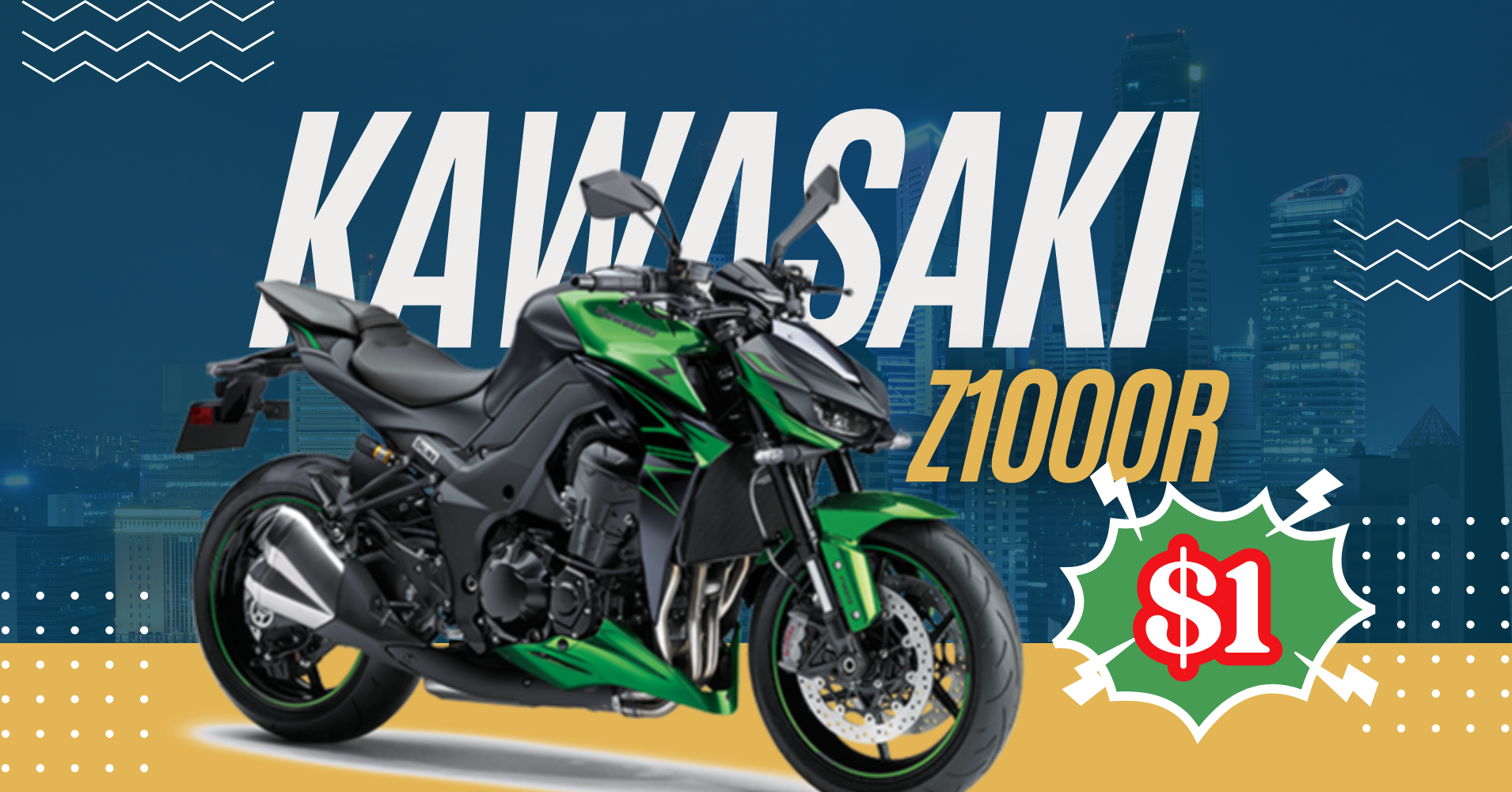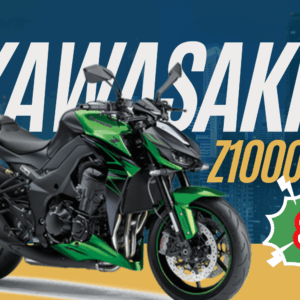Creating a motorbike is a sophisticated blend of engineering, design, and precision manufacturing. Whether it’s a mass-produced model rolling off an assembly line or a unique custom build, the process involves bringing together hundreds of specialized components into a cohesive, high-performance machine.
The Industrial Manufacturing Process: A Detailed Journey (Continued)
For major manufacturers like Honda, Yamaha, or Harley-Davidson, making a motorbike is a multi-stage process driven by advanced technology, automation, and rigorous quality control.

1. Concept and Design: The journey begins with an idea. Designers and engineers collaborate to define the motorcycle’s purpose (e.g., cruiser, sportbike, off-road, commuter), target audience, performance specifications, aesthetics, and safety features. This involves:
- Market Research: Understanding consumer demands and trends.
- Sketching & Rendering: Visualizing the bike’s appearance.
- CAD (Computer-Aided Design): Creating detailed 3D models and technical drawings of every part.
- Simulation & Analysis: Using software to test aerodynamics, stress points, and performance virtually.
2. Prototyping: Once the design is finalized, physical prototypes are built. These initial models are crucial for:
- Testing Design & Ergonomics: Ensuring rider comfort and control.
- Functional Testing: Evaluating engine performance, suspension, braking, and overall handling.
- Refinement: Identifying and correcting any flaws or areas for improvement before mass production.
3. Materials and Parts Sourcing & Manufacturing: This is where raw materials are transformed into specific components. Thousands of parts go into a motorbike, often sourced from specialized suppliers globally.
- Frame: The “skeleton” of the bike. Frames are typically made from steel, aluminum alloys, or even carbon fiber for high-performance models. Manufacturing involves processes like:
- Cutting and Shaping: Tubes and sheets are precisely cut and bent.
- Welding: Components are meticulously welded together (e.g., TIG, MIG welding for strength and aesthetics) to form the chassis.
- Painting/Coating: Frames are coated for protection against corrosion and for aesthetic appeal (e.g., powder coating, electrodeposition (ED) coating).
- Engine & Powertrain: The “heart” of the motorbike. Engines are complex assemblies of many parts (crankshaft, pistons, cylinders, valves, gears, etc.).
- Casting & Forging: Engine blocks, cylinder heads, and other major components are often cast from aluminum or iron alloys, or forged for high strength.
- Machining: CNC (Computer Numerical Control) machines precisely cut, drill, and shape components to incredibly tight tolerances.
- Engine Assembly: This is often done on a separate, highly specialized assembly line where skilled technicians or robots carefully put together the engine components.
- Suspension (Forks & Shocks): Critical for handling and comfort. Involves machining metal tubes, springs, and hydraulic components.
- Wheels & Tires: Wheels are typically cast from aluminum or steel, or spoked. Tires are manufactured separately and mounted.
- Braking System: Discs, calipers, brake lines, and master cylinders are manufactured for precise stopping power.
- Electrical System: Wiring harnesses, lights, battery, ignition system, ECU (Engine Control Unit), and sensors are produced.
- Bodywork & Aesthetics: Fuel tanks, fenders, fairings, and seat components are often made from sheet metal (stamping, welding) or plastics (injection molding). These are then painted and finished.
4. Assembly Line Production: This is where all the manufactured parts come together. Modern motorbike assembly lines are highly efficient, often using a combination of human labor and robotics.
- Sub-Assembly: Smaller units (e.g., engine, front fork, swingarm, wheel assemblies) are put together at separate stations.
- Main Assembly Line: The frame typically starts on a conveyor. As it moves down the line, workers or robots install major components:
- The pre-assembled engine is mounted to the frame.
- Front forks, handlebars, and the front wheel are attached.
- The rear swingarm and suspension are added, followed by the rear wheel.
- The braking system, exhaust, and fuel tank are installed.
- The complex wiring harness is threaded through the frame, connecting all electrical components.
- The seat, fairings, fenders, and other bodywork are mounted, often being the final major pieces to be attached.
- Fluids (engine oil, brake fluid, coolant) are added.
5. Quality Control and Testing: Before a motorbike leaves the factory, it undergoes rigorous testing to ensure it meets safety, performance, and reliability standards.
- Functional Checks: Lights, horn, turn signals, dashboard, and electronic systems are tested.
- Engine Start-up & Run-in: The engine is started for the first time, often on a dyno, to check for proper operation, emissions, and power output.
- Brake & Suspension Tests: Automated systems check the integrity and performance of the braking and suspension components.
- Visual Inspection: Trained eyes scrutinize every detail for cosmetic flaws, proper fitment, and finish.
- Road Test (sometimes): A brief test ride on a closed course or specialized rollers may be conducted for a final functional check.
6. Final Touches, Packaging, and Shipping: Once cleared by quality control, the motorbike is cleaned, given any final detailing, and then carefully packaged for shipment to dealerships around the world.
Building a Motorbike as a Hobbyist/Custom Builder
While the industrial process is immense, individuals can also “make” a motorbike. This usually falls into a few categories:
- Custom Builds: Starting with an existing frame and engine (often from an old motorcycle) and highly customizing it, fabricating new parts, and assembling them into a unique machine (e.g., choppers, bobbers, cafe racers). This requires significant welding, fabrication, mechanical, and electrical skills.
- Kit Bikes: Some companies offer “kit bikes” where you buy a package of parts (often including the engine and frame) and assemble it yourself. This is akin to building a large model kit.
- Restorations: Bringing an old, non-functional motorbike back to its original (or better) condition by disassembling, cleaning, repairing, and reassembling it.
Common Requirements for Hobbyist Builds:
- Mechanical Knowledge: Understanding how engines, transmissions, brakes, and suspensions work.
- Tools: A comprehensive set of hand tools, power tools, and specialized motorcycle tools.
- Workspace: A garage or dedicated area with good lighting and ventilation.
- Safety Gear: Always wear appropriate personal protective equipment (PPE).
- Patience and Problem-Solving: Building a bike from scratch or extensively customizing one is a long process filled with challenges.
- Legal & Registration Knowledge: Understanding local laws regarding custom-built or modified vehicles for registration and road legality.
Whether it’s a million-dollar factory or a modest home garage, “making a motorbike” is a testament to human ingenuity and the enduring passion for two-wheeled machines.


